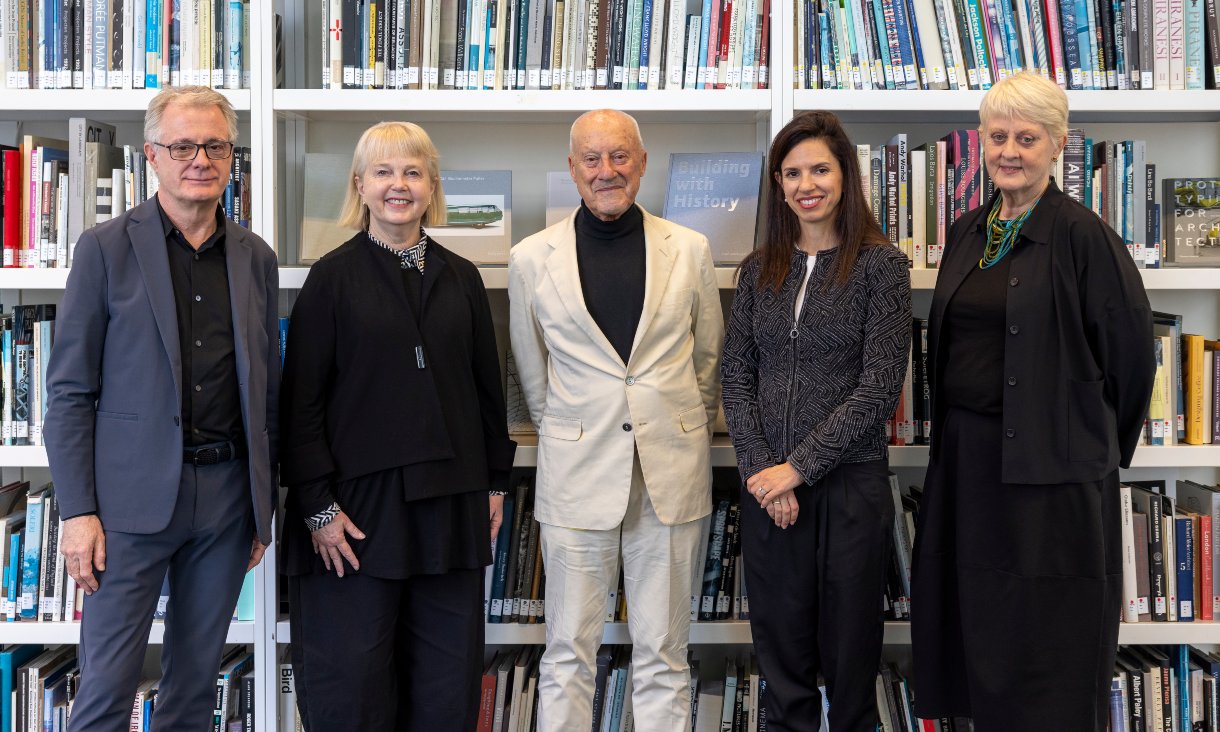Fernandez also shared the key factors involved in innovating and creating real impact.
What is the role of RMIT Europe and what are your responsibilities as Executive Director?
RMIT Europe is the European hub of RMIT University, one of the largest higher education institutions in Australia.
We have approximately 100,000 students and 11,000 employees, and we are among the top 200 universities worldwide according to the QS World University Rankings 2023 .
The University excels in art and design, architecture, computer science, engineering and communication systems. It has a very powerful internationalisation ambition, with a presence in Melbourne, Singapore, Vietnam, and our innovation hub in Barcelona, which covers Europe.
My role is to design and implement the innovation hub’s strategy, focused on establishing research and innovation collaborations with companies, technology centres and universities in Europe. We also provide our students with international experiences connected to industry.
What are RMIT Europe's main research areas and what technologies do you work with?
We focus on urban and sustainable development, digital transformation and Industry 4.0, and design and creative practices. These are areas in which we have cutting-edge research capabilities that sets us apart in the European market.
To give a few specific examples, we have developed a project on disaster resilience to better predict the dangers of climatic events. It includes a model of cognitive reasoning, understanding of human behaviour and a traffic model to analyse impact and mobility.
We have also promoted a project to design buildings that generate energy based on climatic and cultural differences in Europe.
RMIT Europe connects research, industry, companies and government to boost innovation. How do you implement technology transfer?
Like The Collider – Mobile World Capital Barcelona, we strive for impact by collaborating with stakeholders from the public-private sector, academia and civil society.
We do this through research projects with European, national and local funding to advance in the areas in which we work.
We are based in Barcelona’s innovation district, also known as 22@, an environment with great permeability and potential for collaboration with other players in the innovation ecosystem such as the technology centre Eurecat, among others.
One example of this is OpenInnoTrain, a research project we coordinate from RMIT Europe with 22 partners from different countries, focused on open innovation and research translation between universities and industry in the FinTech, Industry 4.0 CleanTech and FoodTech sectors.
What are the limitations and barriers to tech transfer?
Bringing the technology to market requires significant investment for its actual implementation, as well as assuming the associated technological risk. This is not within the reach of all investors and companies, therefore we must find a strategic fit, capacity and an objective.
As an applied university, we have our own resources at the business development level to understand the needs of companies, based on a technology pull model, not technology push. We always try to make sure that our work has real impact.








